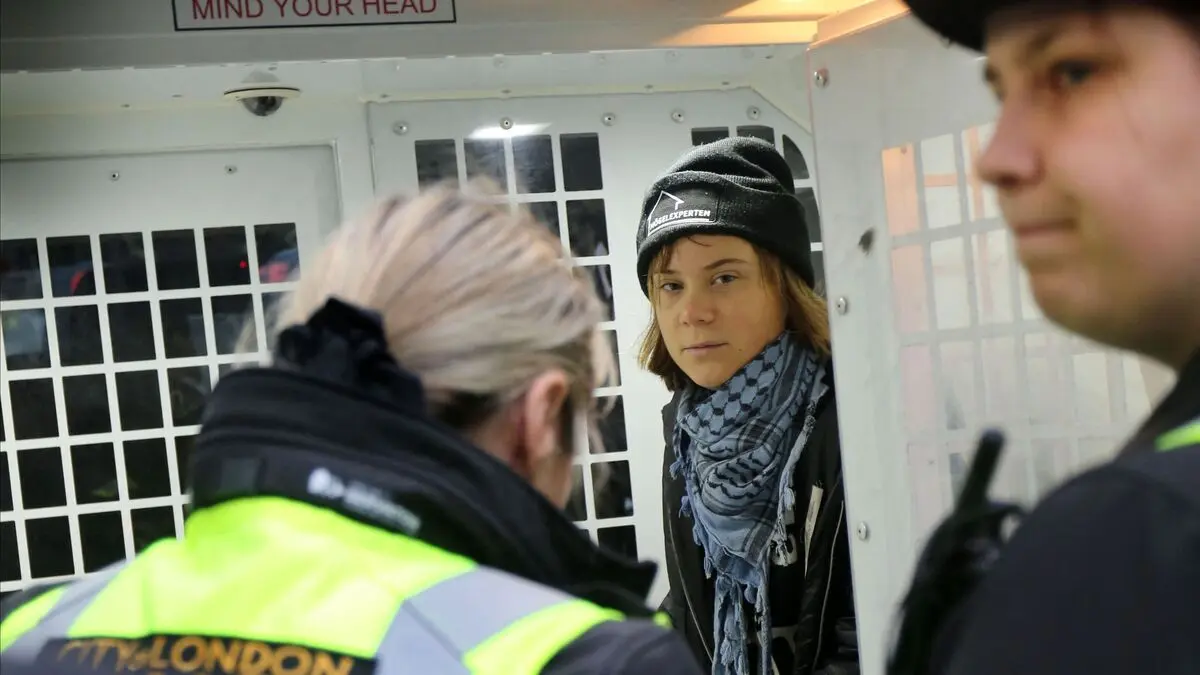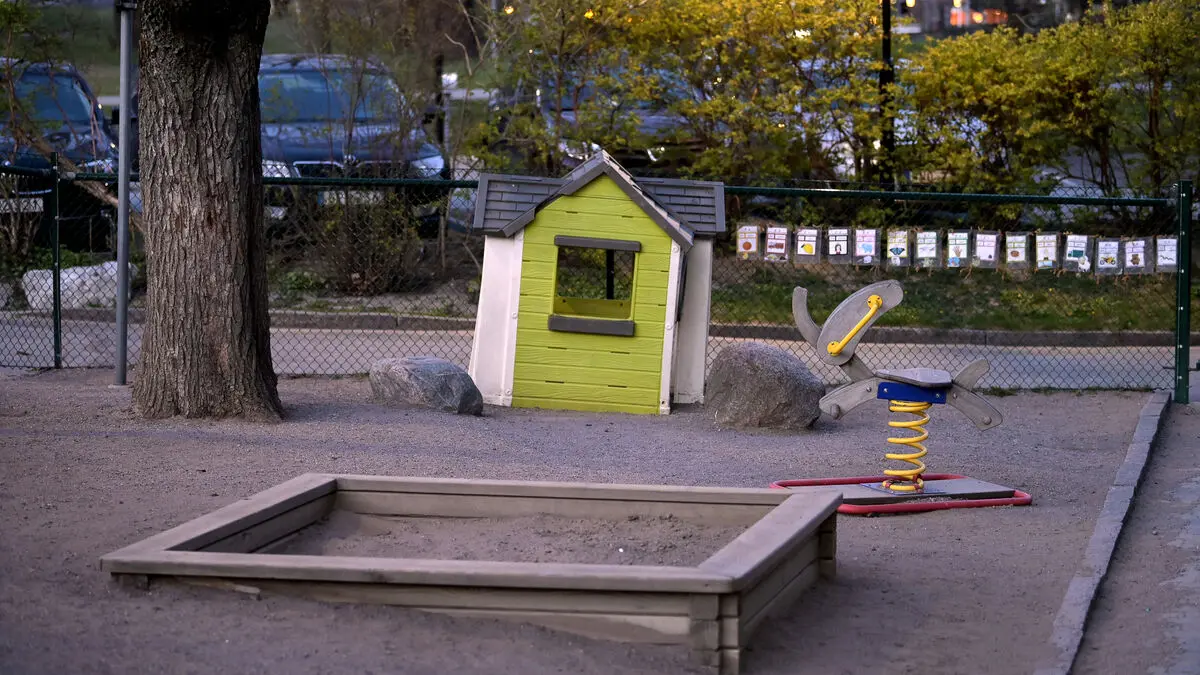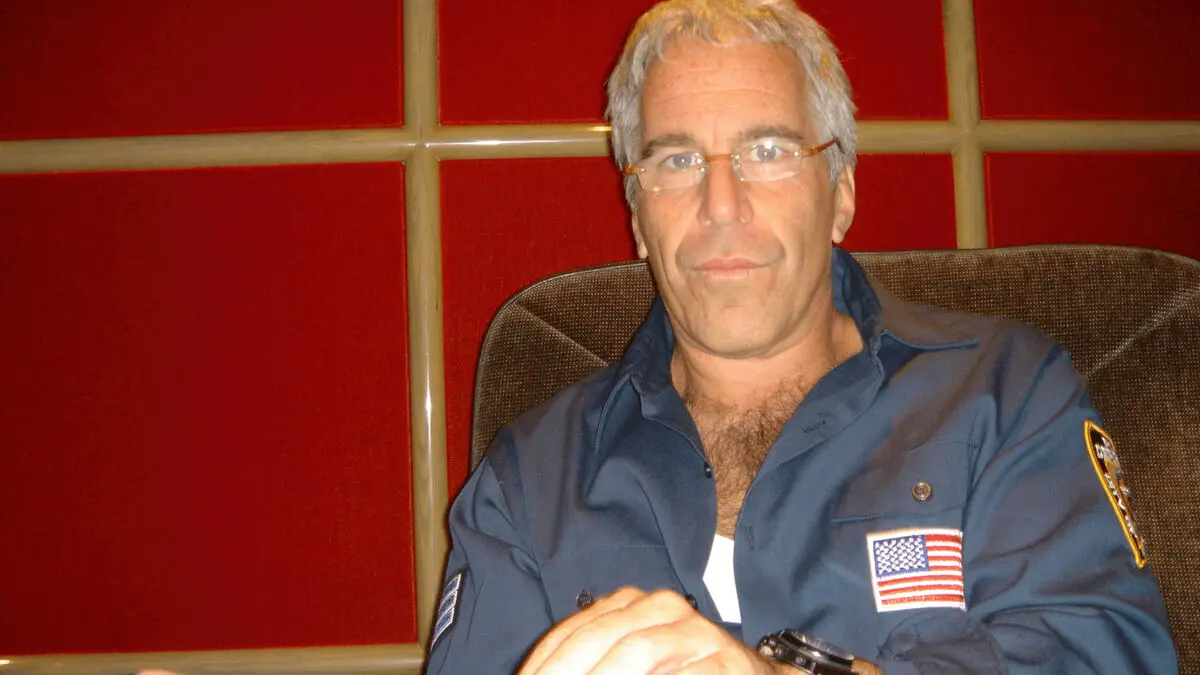Richard Jomshof announced on Friday that he is stepping down as chairman of the Justice Committee due to suspicions of crime. The background is two Islam-critical drawings he shared on the platform X.
On May 28, he re-published two cartoons from another account. One depicts a Muslim refugee family being welcomed into a house symbolizing Europe, only to set the house on fire and exclaim "Islam first".
The image, according to Nils Funcke, author and journalist who has written several books on freedom of the press and expression, constitutes incitement to racial hatred.
When it becomes so generalizing, that here comes a family with Muslims who receive hospitality and then choose to set Europe on fire, I think it expresses the contempt that by definition falls under incitement to racial hatred.
Conditional satire
The second image depicts a Pakistani refugee crying for help and being rescued by a boat symbolizing England. In the next frame, the man thanks them by attacking the family that helped him with a club marked "rape-jihad".
Here, it's a matter of a militant Islamist, who are the only ones talking about the holy war jihad, so I would acquit. There, I see no problems.
Can't one, like Richard Jomshof, argue that both images constitute political satire aimed at Islamism?
It's clear that the boundaries for political satire should be far-reaching. Political satire against people who engage in terror is entirely adequate, but it's not a protected zone to spread contempt towards entire ethnic groups. The legislation applies there as well.
"Responsible for the content"
Jomshof emphasizes that he didn't write the posts himself, but re-published them. But that's irrelevant, says Funcke.
One can't blame someone else for saying it. If you spread a message, you're responsible for the content.
He doesn't want to speculate about a potential trial or conviction. What could speak against a conviction, he says, is if the images are seen as a whole and an attempt to point out social problems caused by Muslim extremists and Muslim immigration.
Jomshof could argue that the burning house should be seen as one, albeit pointed, but a visual language for the problems that immigration of Muslims creates.





